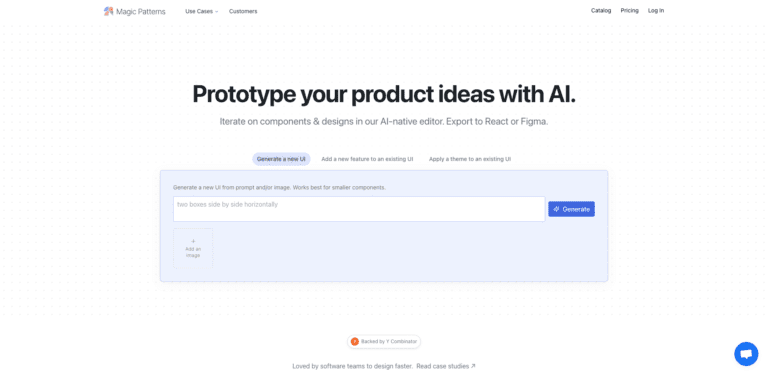This week, I’ve been diving deep into Teresa Torres’ Continuous Discovery Habits, a book packed with actionable strategies for breaking down complex problems, working iteratively, and delivering customer value. Two exercises, in particular, have stuck with me: story mapping and assumption mapping.
Story Mapping: Simplicity Is Harder Than It Looks
One of the exercises in the book challenges you to draw a story map using as few words as possible. At first glance, this seemed straightforward—until I tried it. Simplifying the journey forced me to think critically about every interaction my users have, uncovering nuances I hadn’t considered.

For example, as I work with my team to build Client Companion, a new feature at GoDaddy designed to help agencies manage clients and projects end-to-end, I had to step back and view the user’s journey holistically. This isn’t just about creating workflows, AI tools, and product integrations—it’s about ensuring every touchpoint adds real value to the user. By stripping the story down to its essentials, I gained clarity on what really matters in the experience.
Assumption Mapping: Identifying and Testing Risks
Another game-changing exercise was assumption mapping. It’s a simple but powerful way to uncover risks in your solutions. Here’s how it works:
- List Your Assumptions: For each step in your flow, ask yourself:
- Are users interested in this feature? (Desirability)
- Can they use it easily? (Usability)
- Is it ethical and aligns with our values? (Ethicality)
- Can we actually build it? (Feasibility)
- Will it provide business value? (Viability)
- Map Your Assumptions: Plot them on a high importance vs. low importance and high confidence vs. low confidence matrix.
- Focus on High-Risk Assumptions: The sweet spot (or sour spot, depending on your perspective) is high importance, low confidence. These are the areas you need to test before committing resources.
For example, we assumed users of Client Companion would want a view that shows their clients and their next to-dos. Instead of rushing to build it, we’re testing the concept through prototypes and user conversations. This approach reduces risk and ensures we’re building what users actually need.
Delivering Value, One Step at a Time
These exercises have helped me significantly reduce scope for Client Companion. By focusing on one assumption at a time, we’re delivering value incrementally each sprint rather than betting on a massive launch filled with unknowns. This iterative approach not only makes the process more manageable but also ensures we’re continuously learning and adapting to user feedback.
Looking Ahead
I’m still working through other sections of Continuous Discovery Habits, but the principles of mapping assumptions and simplifying problem spaces have already transformed how I approach product development. They’re helping me turn vague problems into clear, actionable ideas that can be validated and ultimately deliver customer value.
What challenges have you faced when breaking down problems or reducing risk in your work? I’d love to hear your thoughts or tips in the comments below!
Until next time,
Nealey




